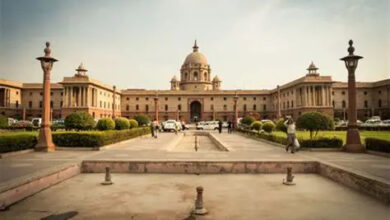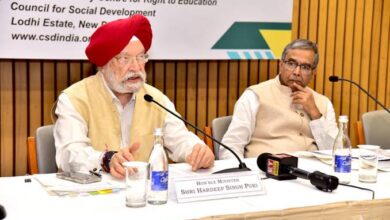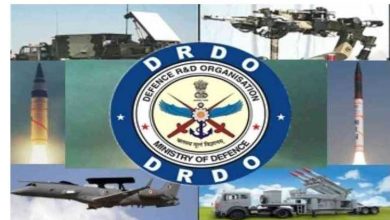G20 Members To Show Leadership In Climate Crisis By Increased Wind Energy Production To Replace Fossil Fuels
Forecasts show we will only install less than half of wind power capacity needed to get to net zero by 2050
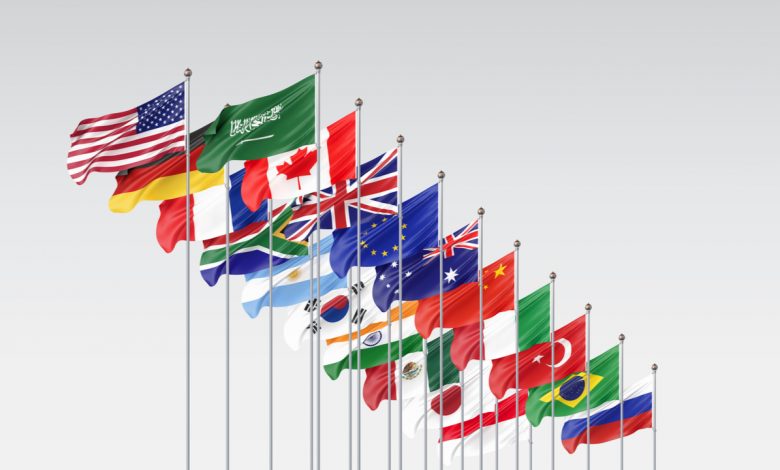
The leading CEOs of the global wind industry have united to call on G20 members to show leadership in the climate crisis by raising national ambitions and urgently laying out concrete plans for increased wind energy production to replace fossil fuels.
Representing members of the Global Wind Energy Coalition(GWEC) for COP26, 25 CEOs have sent an open letter to leaders of the G20 acknowledging that while some progress has been made in the energy transition, current net zero pledges from G20 countries still put the world on a 2.4°C global warming pathway, well beyond what is needed to avoid the worst impacts of climate change.
Meanwhile, wind energy and renewables installations are currently falling well short of the trajectory needed to meet international climate goals, requiring urgent action to improve energy policies.
G20 member countries represent more than 80% of global energy-related carbon emissions – so the leaders of these countries hold the power and public duty to transform the world’s energy system. These countries need to get serious about renewables, and in particular wind energy as the clean energy solution with the most potential to help the world meet its Paris Agreement targets.
Martand Shardul, Policy Director at Global Wind Energy Council (GWEC), India said that- “Comprising 40% of India’s current installed renewable energy capacity, wind energy is at the core of India’s clean energy transition and low carbon growth trajectory and has several positive externalities such as jobs creation and mitigation of air pollution. However, accomplishing the 2030 target of 140 GW installed wind power capacity requires innovative institutions, agile business models, and smart financing to expand both power generation and manufacturing that feed to domestic and international or cross-border needs thereby adding to global exports of clean energy and clean energy equipment. This will catalyse global efforts for net-zero.”
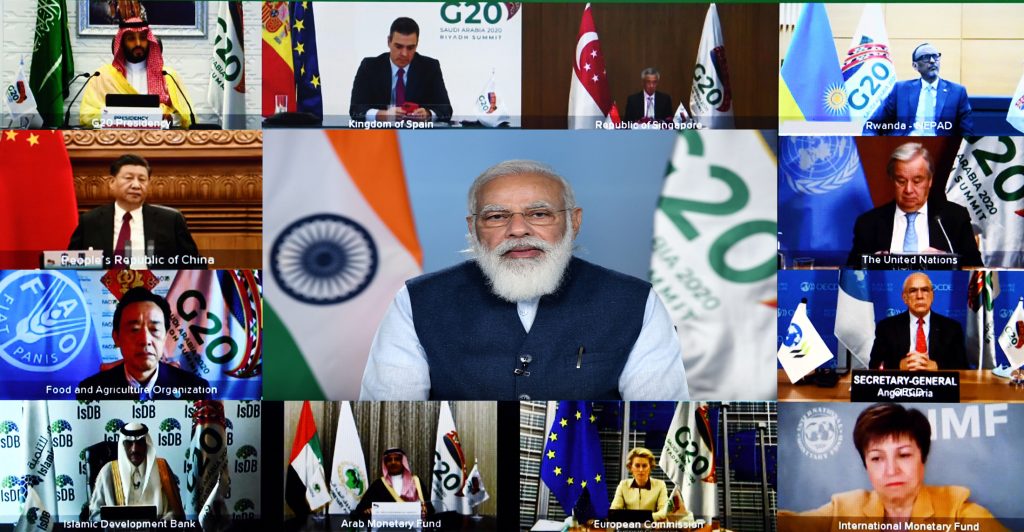
The letter is signed by the leaders of the largest wind power companies – including Vestas Wind Systems, Siemens Gamesa Renewable Energy and Mainstream Renewable Power, and associations representing the industry in key geographies such as the UK, Europe, Brazil, China, Mexico, South East Asia and South Africa.
GWEC( global wind energy coalition) CEO Ben Backwell said-” G20 member countries represent more than 80% of global energy-related carbon emissions – so the leaders of these countries hold the power and public duty to transform the world’s energy system, “These countries need to get serious about renewables, and in particular wind energy as the clean energy solution with the most potential to help the world meet its Paris Agreement targets.”
The signatories highlight that the recent roadmap from the International Energy Agency (IEA) shows that annual wind deployment must quadruple from 93 GW in 2020 to 390 GW in 2030 to meet a net zero by 2050 scenario. Both the IEA and IRENA are aligned in the total wind energy capacity required for a net zero scenario which is compatible with a 1.5°C warming pathway, foreseeing a need for 8,265 GW and 8,100 GW by 2050, respectively.
If current growth rates for wind energy persist, the letter argues that global wind capacity will fall dramatically short of the volumes required for carbon neutrality by 2050, with installation shortfalls of as much as 43% by 2050.
G20 countries have huge amounts of untapped wind power potential which can fulfil significant portions of national electricity demand, but they are barely scratching the surface of what they can deploy. With the current pace of wind power installations across the world, forecasts show that we will only install less than half of the wind power capacity needed to get to net zero by 2050.
Views expressed here are those of Dr. Seema Javed, a known Environmentalist, Journalist and Communications


